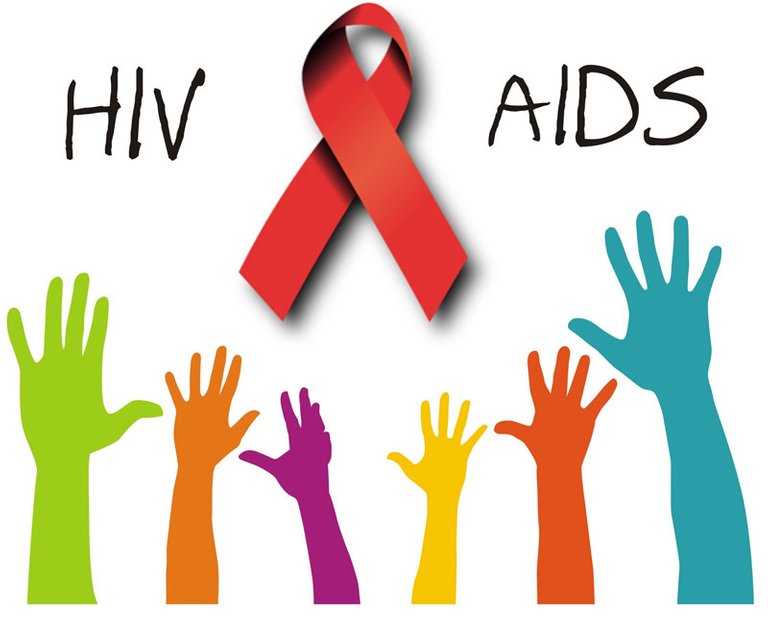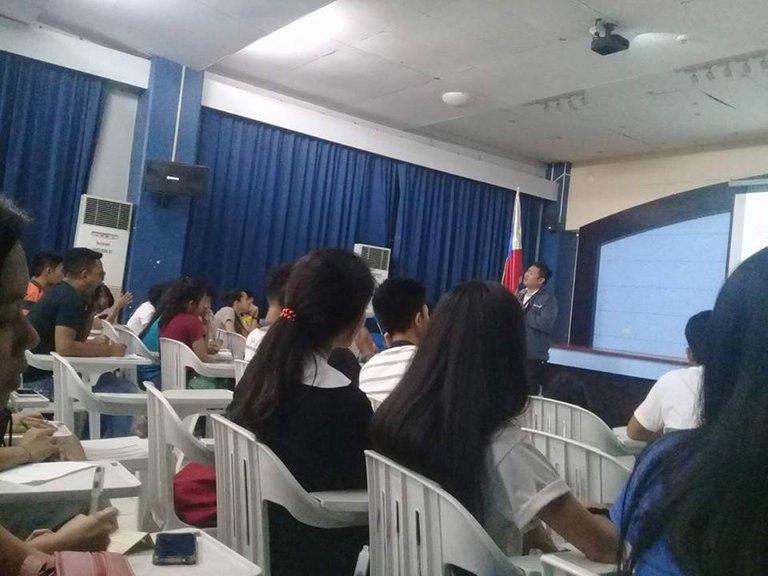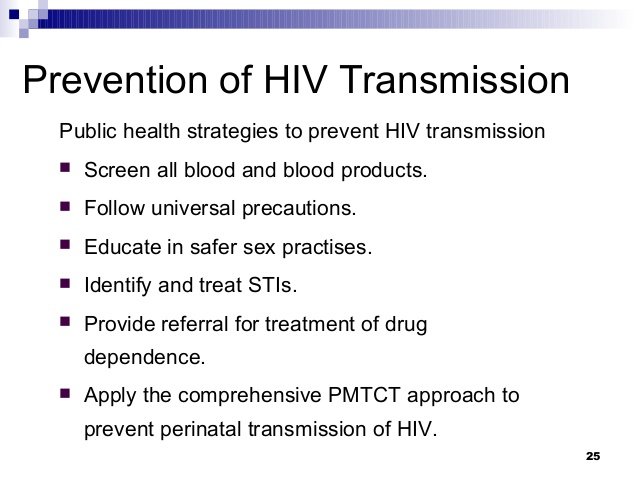
All the working scholar of the University of Cebu Lapu- Lapu and Mandaue have a seminar about the awareness of the two sexual transmitted diseases that is growing and widely increasing through the years. This is for the working scholars to be aware of the diseases.

In our seminar we emphasized the HIV and AIDS diseases
First what is HIV ?
The acronym HIV stands for Human Immunodeficiency Virus, where as the acronym AIDS stands for Acquired Immunodeficiency Syndrome. When someone has contracted the HIV virus in almost all cases it produces the AIDS virus. Apparently there has been a controversy that HIV really isn’t the cause of the AIDS virus, but careful research has proved without a doubt that it is the cause. Socially the production of the viruses has caused a lot of hate, prejudice, racism and above all homophobia.

What is AIDS?
AIDS stands for Acquired Immune Deficiency Syndrome. Acquired means that it is not hereditary or introduced by medication. Immune indicates that it is related to the body’s system that fights off disease. Deficiency represents the lack of certain kinds of cells that are normally found in the body. Syndrome is a group of symptoms and signs of disordered function that signal the diagnoses(Hyde 1). You don’t catch AIDS, you catch HIV. HIV is the virus that leads to AIDS. HIV stands for Human Immunodeficiency virus. HIV severely damages a person’s disease fighting immune system. There are two viruses that cause AIDS. They belong to a group called retroviruses. The first virus is HIV-1. It was isolated by researchers in France in 1983, and in the U.S. in 1984. In 1985, the second one was identified by scientists in France. It is closely related to HIV-1. It is called HIV-2. HIV-2 mainly occurs in Africa but HIV-1 occurs throughout the world(Drotman 163).

How to prevent it?
Prevention studies and national experiences over the past 20 years strongly suggest that prevention strategies are likely to be most effective when they are carefully tailored to the nature and stage of the epidemic in a specific country or community. UNAIDS has developed epidemiological categories for characterizing individual epidemics on the basis of prevalence of infection in particular subpopulations and in the general population.
As a complement to the guidance provided by the epidemic profile, Grassly and others (2001) recommend assessing the prevalence of other STIs; estimating the extent of mixing between high- and low-risk groups (for example, men who have sex with men who have sexual contact with female partners); and estimating the prevalence of high-risk sexual behaviors in the population (such as lack of condom use with casual partners). They also cite two other critical contextual factors: the capacity of the health service and the social, economic, and legislative context, including social norms and attitudes about sexual and drug use behaviors and the acceptance of breastfeeding. Contextual factors that may play a role in the success of interventions include the status of women, the stigmatization of high-risk groups, and the presence of armed conflict and social upheaval. Together, the epidemic profile and the context in which the epidemic occurs suggest various prevention strategies.

How to care and treat it?
This section reviews evidence of the cost-effectiveness of HIV/AIDS care and treatment interventions in resource-limited settings. Until relatively recently, the majority of HIV clinical care in resource-limited countries was confined to managing the terminal stage of infection, including extremely late diagnosis of opportunistic infections and cancers, use of basic palliative symptom management, and short-term hospitalization just before death. Few people were aware of their HIV status until the onset of severe HIV-associated illness, and most did not seek help from the health care system until they were already terminally ill.
All you need to do is go to a doctor and ask for their assistance of what you will do. The doctors are experts so you can rely on them. Think wise and move smartly go for a check up.!!!